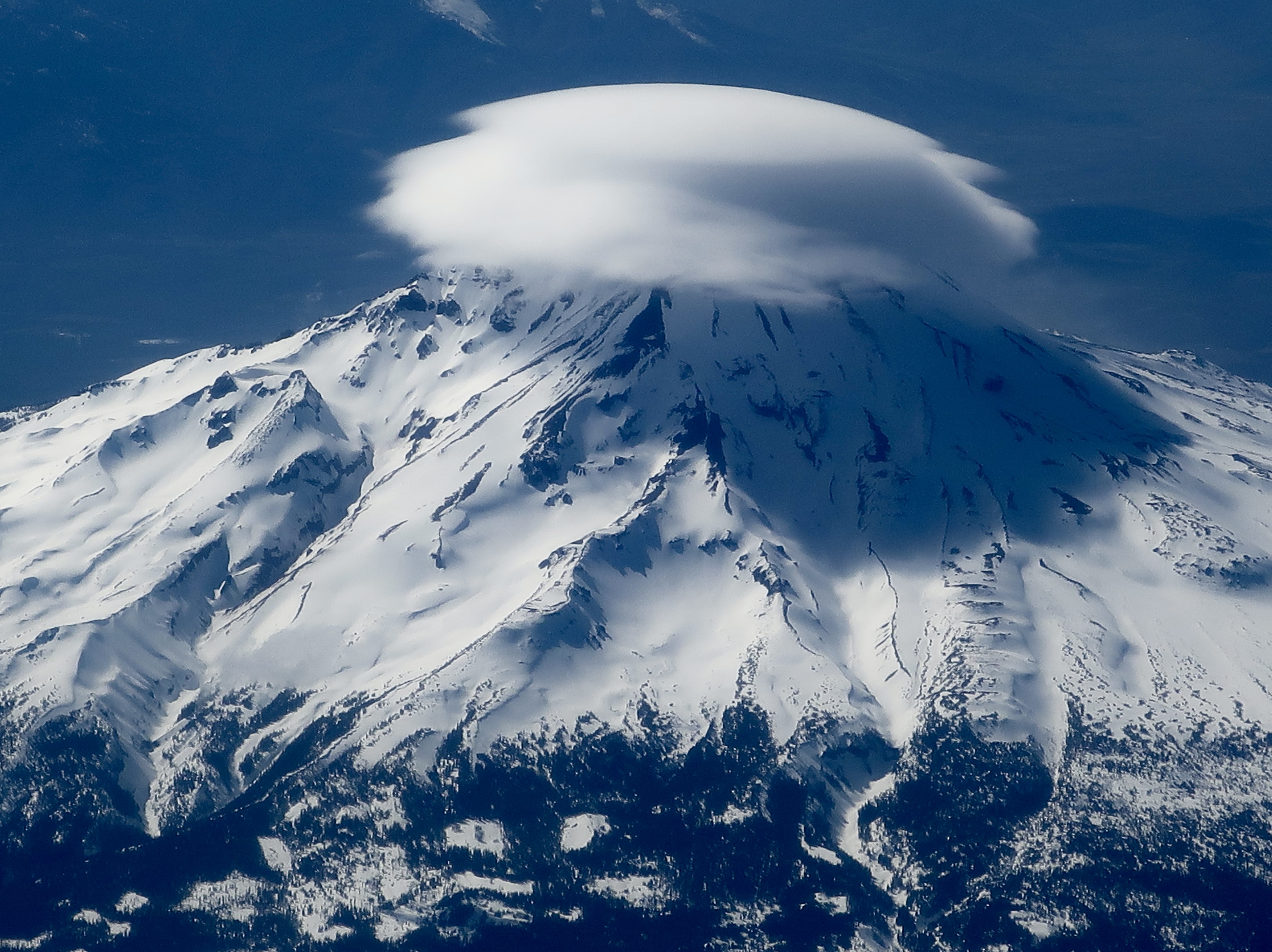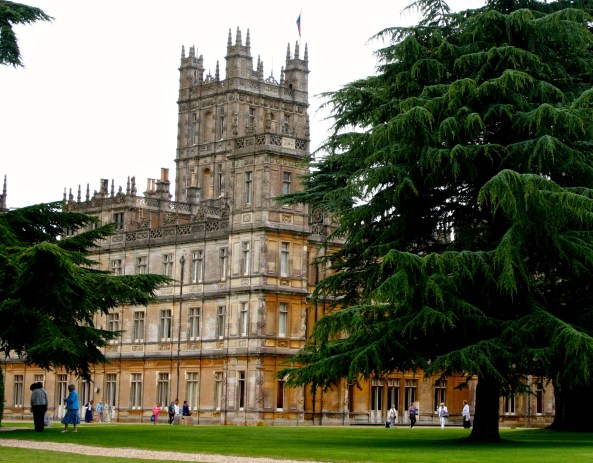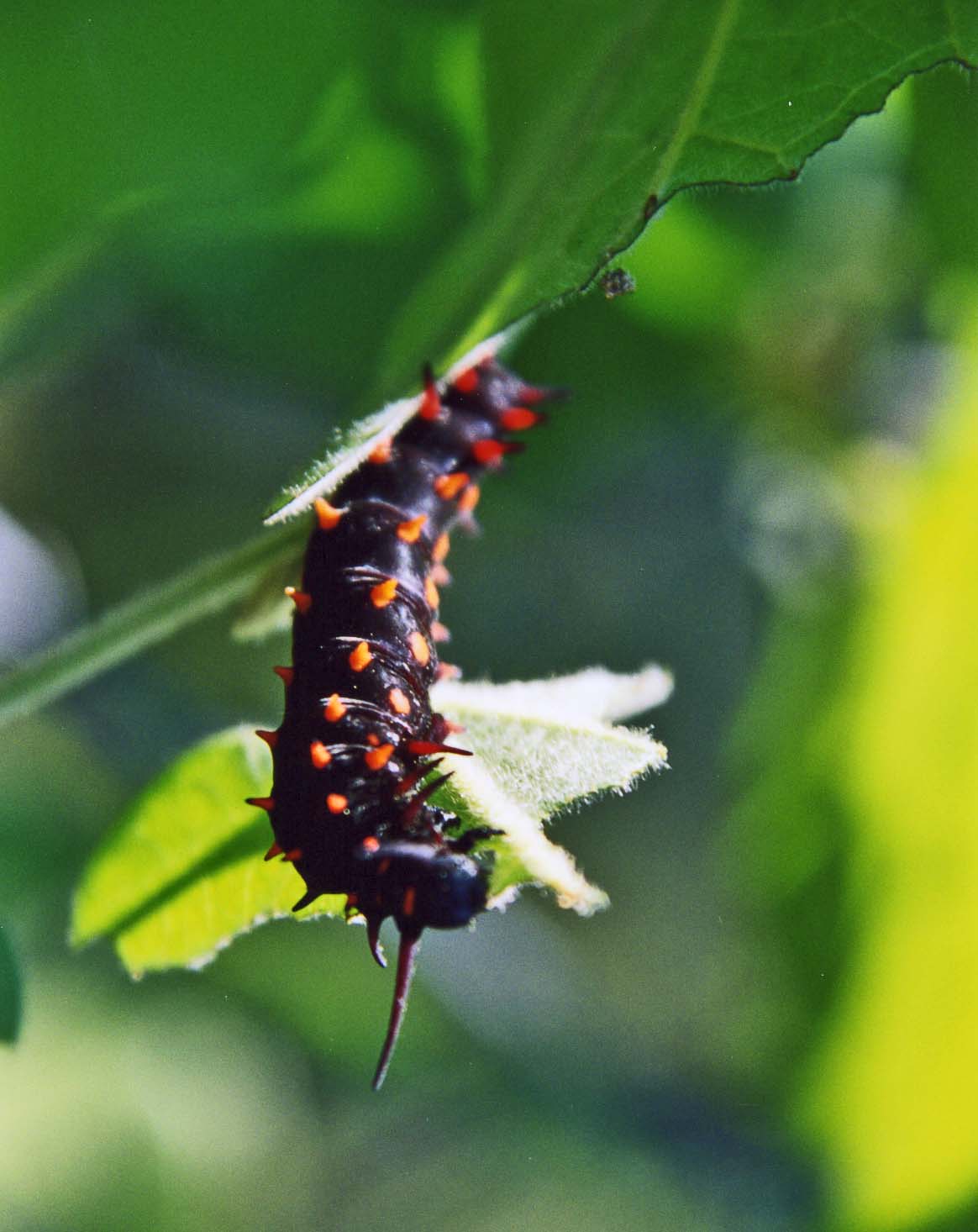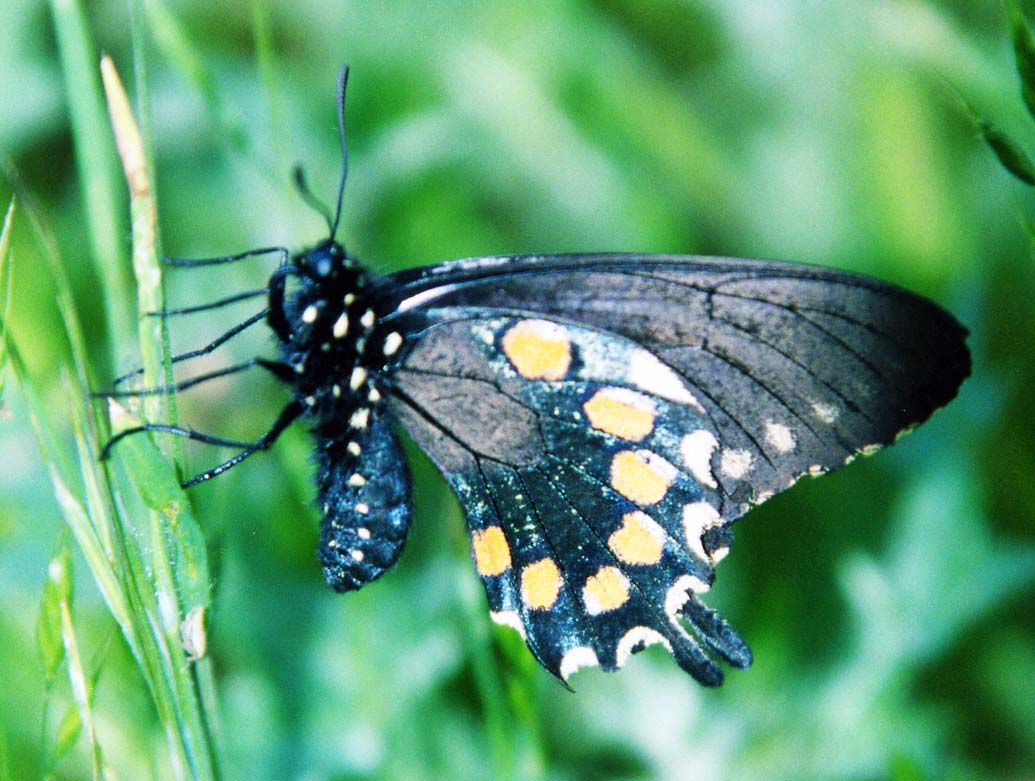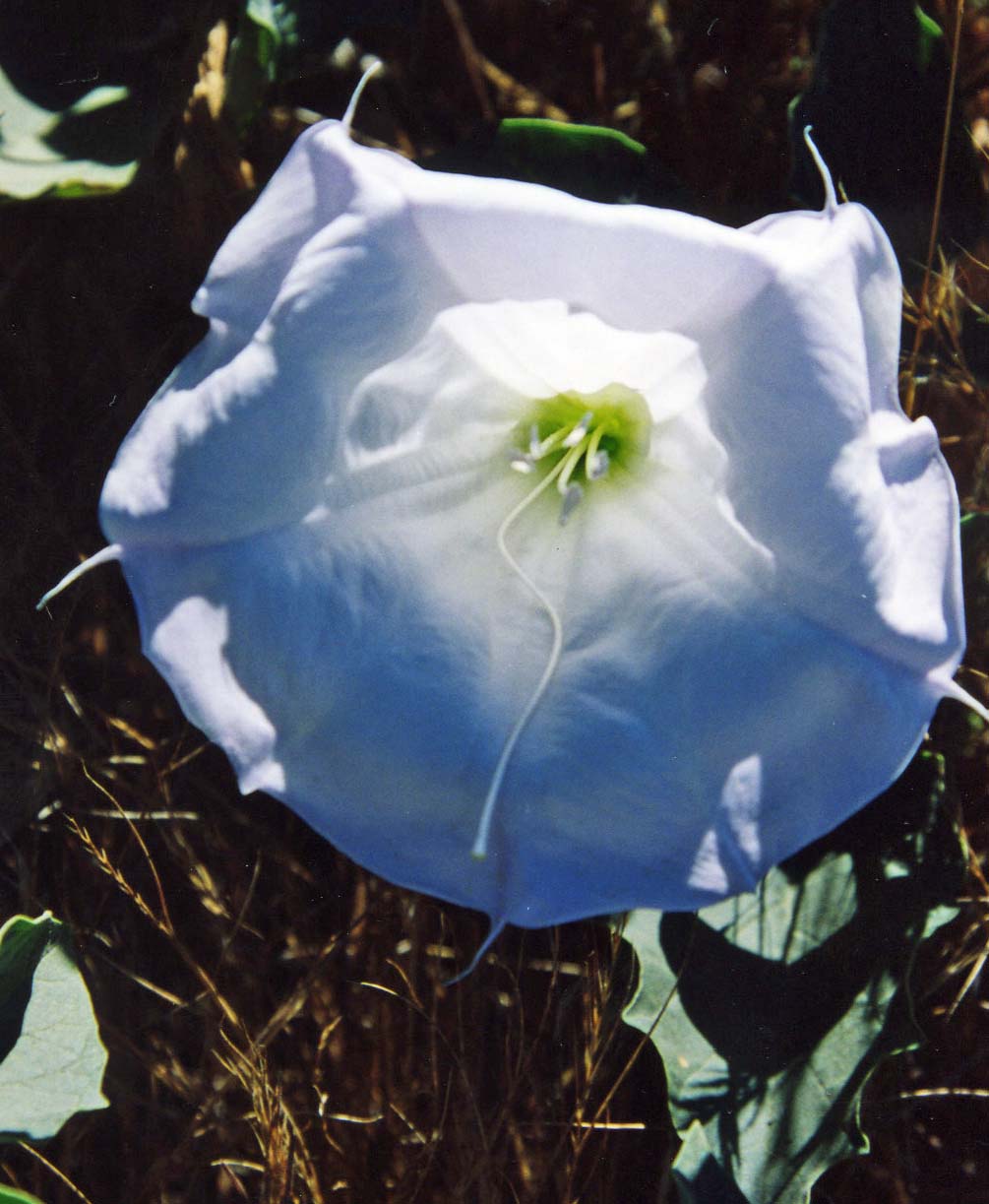
The roots of California's Proposition 99, the Anti-Tobacco Initiative, reached back into the 1970s when the American Lung Association of Sacramento teamed up with GASP, the Group Against Smokers' Pollution, to pass one of the nation's first non-smoking ordinances. (GASP would eventually become Americans for Nonsmokers' Rights.)
The path that led me into the tobacco wars had enough twists and turns to scare a contortionist snake out of his skin. There are lots of stories. Two are particularly relevant to the creation of California’s Proposition 99, the Anti-Tobacco Initiative.
I was recruited to become Assistant Director of the American Lung Association of Sacramento in 1971. The organization wanted my environmental expertise, not my anti-tobacco fervor. In fact I smoked a pipe. I loved my pipe. “No problem,” the Executive Director told me. He, his secretary and almost everyone else in the organization smoked. It was almost required.
One day in 1972 I was sitting in my office counting Christmas Seal Dollars and happily puffing away when I got the call that would lead me to sacrifice my pipe and eventually advocate that Prop 99 include nonsmokers’ rights.
“Mr. Mekemson” the caller began, setting off a red flag. I always get nervous when someone calls me Mr. Mekemson.
“Yes, this is Curtis,” I replied. “What can I do for you?”
“My name is Alice Fox, Mr. Mekemson. Some friends and I would like to meet you.”
Alice Fox, Alice Fox, Alice Fox… the name raced through my mind. I had heard about her recently. Then it came to me. I had read about Alice in the Sacramento Bee. She was leading a charge to shut down a nude beach on the American River. But why would Alice call me. I was a Seventies type of guy.
“Exactly what would you like to meet about,” I asked. Now was the time to be very careful.
“Some friends and I would like to talk with you about how tobacco smoke impacts our health,” she replied.
I relaxed. I was on safe ground. “There is a great deal of information that smoking causes lung disease,” I responded in a positive tone. “I would be glad to send you some pamphlets on the medical evidence. I also have a brochure that provides tips on quitting.”
“No,” a somewhat exasperated Alice Fox shouted in my ear, “we don’t smoke. It is other people’s smoke that makes us sick.”
There was a pregnant pause on my end of the phone. If Alice heard me coughing, it may have been because I had swallowed my pipe. Not knowing what to say, I stumbled into agreeing to have lunch with her the following week.
The die was cast. But first I tried to persuade my boss, Larry Kirk, that he should go. He was, after all, the Executive Director.
“No way,” Larry said with a nervous laugh as he took a deep drag. They had specifically asked for me and I was stuck with it. There was nothing to do but square my shoulders, put my pipe aside, and dutifully go forth for Mother Lung.
I expect the nonsmokers smelled the pipe smoke on me 20 feet away. We met at a small restaurant in the old Public Market at 13 and J Street. The Market would eventually morph into a Sheraton Hotel.
“We are so glad you were willing to meet with us,” Ed Randal, their leader greeted me. “We are having a difficult time persuading people that second-hand smoke makes us sick.”
He handed me his card. It read, “I don’t smoke but I chew. If you don’t blow your smoke on me, I won’t spit on you.” I immediately understood why Ed might have difficulty selling his cause.
“Not too subtle,” I noted.
“We can’t afford to be,” was the response. Over the next hour I was educated as to why. Gradually, I became convinced that second-hand smoke did indeed make them sick. They all had compelling stories.
I also came to understand something of the frustration they felt in convincing society in general and smokers in particular that second-hand smoke was an issue. In 1972 it was a message far ahead of its time. Most smokers assumed they could smoke whenever and wherever they pleased. I know I did. The vast majority of nonsmokers went along with the idea. It took guts to challenge the norm.
I also had an ‘aha’ experience. I started out being resentful about leaving my pipe behind but over the hour my attitude began to change. These folks shouldn’t have to breathe my pipe smoke.
How many other people had my thoughtlessness harmed?
The question had a strong impact on me. Eventually it would lead me to give up smoking. This was something that neither my knowledge of health effects nor my responsibility as a health professional had been able to accomplish.
As a result, I became convinced that we had a powerful new weapon in our fight against lung disease. If I used myself as an example, “Please don’t smoke around me” was as effective in discouraging tobacco use as it was in protecting the nonsmoker.
Somewhat to my surprise, I volunteered to help Ed, Alice and Company in their effort. An organization called GASP, the Group Against Smoking Pollution, had been set up in Berkeley and the local folks wanted to establish a chapter in Sacramento. I offered the Lung Association for meetings and myself as staff backup. Before we broke up for the day, we had agreed on holding a general membership meeting the next month.
I can’t say that Larry was enthusiastic about my offer or conclusions. A surprising number of Lung Execs smoked and were no more prepared to accept nonsmokers’ rights than smokers in the general public. Mainly they saw their role with tobacco as discouraging young people from starting to smoke.
But Larry had hired me as his assistant because he respected my instincts and judgment. Reluctantly, he agreed to have Lung support GASP. But it would be my baby, not his.
So we set about organizing a meeting. Alice and Ed corralled their friends and I had a small article placed in the Bee. We came up with an agenda and refreshments. I warned our organizing committee not to expect much the first time out. Ten people and a few ideas for expanding membership would be a roaring success.
Fifteen minutes before the meeting was to start the room was packed. Apparently, I was the only one surprised. As we went around the room for introductions two things became apparent. First, this was a broad-based group of people. We had health professionals, a couple of lawyers, several business people, housewives, a househusband, an electrician, and others.
Second, everyone had stories to tell and they were ecstatic they had empathetic listeners. I felt like I was in the middle of a revival, which is often the atmosphere created by grassroots organizations.
Once we worked through the preliminaries and had a semblance of order, I facilitated a brainstorming session on what we might do to create awareness of non-smokers’ rights in Sacramento. If my pipe smoking was to be limited, I might as well have company.
The ideas came fast and furious. We should arm nonsmokers with fans to blow smoke back at smokers. We should print up and distribute thousands of the “I don’t smoke but I chew,” cards. We should picket grocery stores, clothing stores and restaurants. We should create an ordinance.
“Whoa,” I interjected, abandoning my facilitator’s role. “Let’s talk about the ordinance.”
Sacramento would be one of the first cities in the nation (or world) advocating such a law.
“Our chances of winning are slim,” I began, thinking out loud, “but that may not matter. The effort will generate great media coverage, probably more than all the other activities combined. Think of the awareness we will create.”
The idea was greeted with enthusiastic support. The newly formed Sacramento Chapter of GASP had a mission.
“I can take a stab at drafting the ordinance,” one of the attorneys volunteered.
“I know a reporter who will support us,” another offered.
“Anything you need,” another called out. We would not lack volunteers. As for myself, I agreed to set up meetings with members of the City Council. I knew most of them from my work in the environmental movement and had worked on several of their campaigns. We were off and running.
The ordinance seems rather tame now, but it was radical for its time. We targeted grocery stores, retail stores, restaurants and movie theaters. It was still the era when a newly purchased suit might smell like cigarette smoke and a harried shopper might inadvertently lose her ashes in the vegetable bin at the grocery store.
It didn’t take long for things to heat up. As we suspected, the press had a field day. Reporters didn’t necessarily agree with us, one of the smokiest atmospheres in town was the local newsroom, but controversy is the bread and butter of the media business. Imagine a smoker having to wait until he got outside of a grocery store to light up.
Each time the media ran a story, awareness increased. We were achieving our objective. Non smokers were learning it was okay to say “Yes, I do mind if you smoke,” and people who suffered adverse reactions from second-hand smoke were learning they weren’t crazy. We took every opportunity to educate the public and pound home our message to decision-makers.
And then a funny thing happened on the way to the forum. We won. A majority of City Council became convinced, as I had, that a significant number of nonsmokers were adversely affected by second-hand smoke.
Of equal importance, the local grocery store chains and clothing merchants let the decision-makers know they would prefer smoke free environments.
And finally, we had minimal opposition from the tobacco industry. It was several years before the industry fully realized the threat posed by the non-smokers right’s movement, or how dedicated the non-smokers’ rights advocates were, or how effective a small group of people can be in making change.
Sacramento had become a leader in the anti-tobacco movement and would continue to be over the next quarter of a century. While I moved on to other issues, the local Lung Association under the leadership of Jane Hagedorn and her Board of Directors became one of the strongest advocates for a smoke-free society in the United States.
Ten years later I would rejoin the Tobacco Wars, this time in Alaska.



